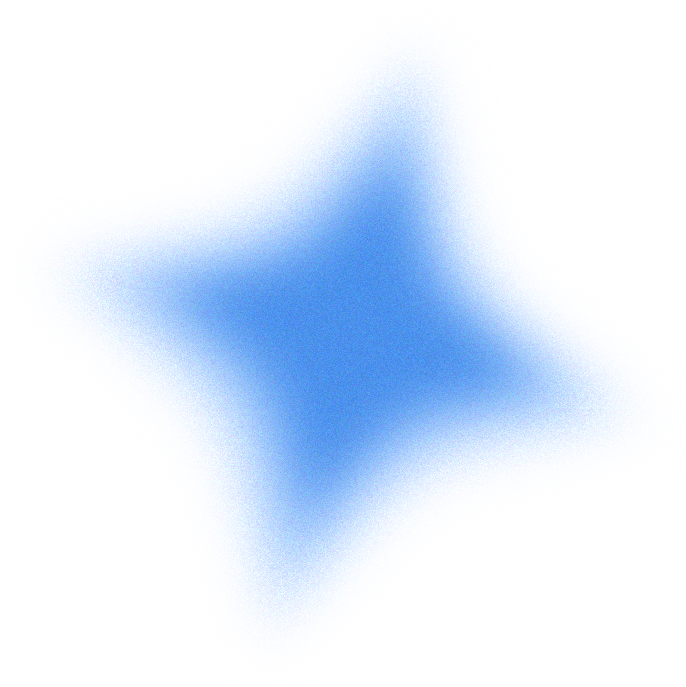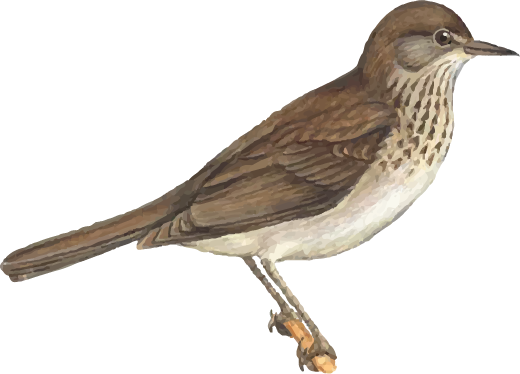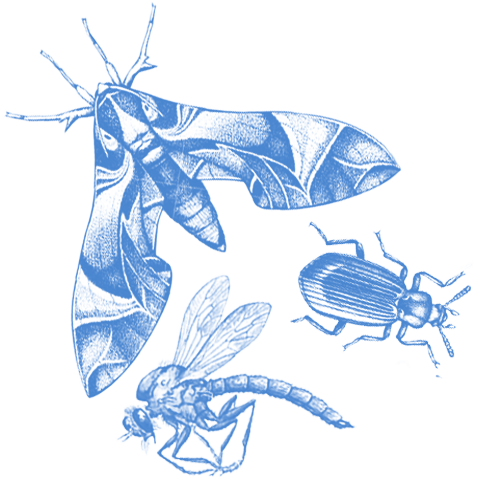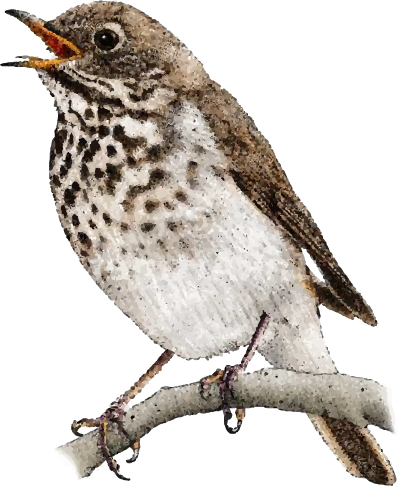








The Gray-cheeked Thrush is one of the shyest and hardest-to-identify of the thrushes in the genus Catharus. This delicate thrush has a plain grayish face, spotted breast, grayish flanks—and a beautiful, fluting song that rises and falls throughout its dense breeding habitat. Abundant in their far northern haunts, Gray-cheeked Thrushes are mainly seen sporadically during migration stopovers en route to and from South American wintering grounds. Learning their call notes can reveal their true abundance, as you may hear hundreds pass overhead on a single night.
Gray-cheeked Thrushes are omnivores, like other thrush species. Most of the diet during the breeding season consists of insects, especially beetles, flies, wasps, bees, ants, caterpillars, and grasshoppers; they also eat spiders. The birds find prey by hopping quietly along the forest floor, watching and listening, and occasionally making rapid vibrations with a foot to scare up insects. They seize prey with a quick peck. During the nonbreeding months, including on migration, fruit is important. Gray-cheeked Thrushes eat fallen fruit from the forest floor but also perch in trees to take ripening fruit. In tropical lowlands, Gray-cheeked Thrushes may join other bird species in following army ants, whose movements disturb and reveal prey items that the birds quickly consume.
Gray-cheeked Thrushes nest from easternmost Russia, across Alaska, and throughout northern Canada, mostly in habitats where the boreal forest (taiga) begins to give way to tundra. In Alaska and Russia, the subspecies aliciae has adapted to a great variety of shrubby and open wooded habitats, among them thickets of alder and willow along rivers and bogs, spruce forests near timberline, and in shrubbery in open woodlands, below cottonwoods, on hillsides, and on glacial moraines. Here, the species avoids areas with only low shrub cover (under 3 feet) but thrives in open coniferous forests with a well-developed shrub layer of dwarf birch, currant, rose, raspberry, blueberry, or similar understory plants. In Newfoundland and adjacent areas of northeastern Canada, the subspecies minimus is found in habitats associated with the southern boreal forest: mature spruce forests with heavy, tall shrub cover, coastal conifer thickets and conifer scrub, old-growth balsam fir forests, and clearcuts with regenerating balsam fir. Migrating Gray-cheeked Thrushes can turn up almost anywhere, but they select secluded areas with dense shrubs and ripe fruit when available. In South America, wintering birds occur in a great variety of woodlands, second growth, thickets, and plantations.
It is likely that the female selects the site. Most nests are set in branch crotches of shrubs such as willow or alder, or in spruce or birch. Most are a few feet off the ground (rarely as high as 20 feet); some are built directly on the ground, at the base of spruce, willow, or fir trees.
The female constructs the nest. Nests set in shrubs and trees tend to be more tightly constructed than those built on the ground. The exterior is made of small twigs, rootlets, grass stems, or horsetail plants (Equisetum), the interior finished with lichen, moss, and fine grasses. Nest dimensions average about 4 inches across and 2.8 inches high, with interior cavity 2.5 inches across and 2 inches deep.